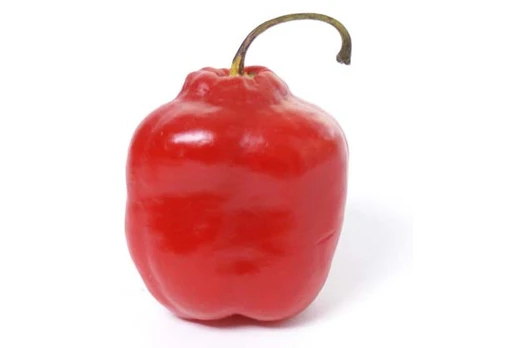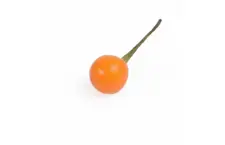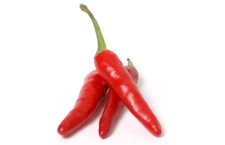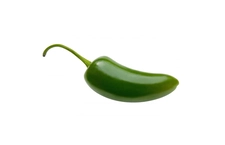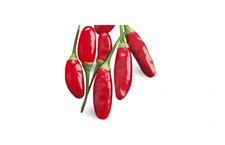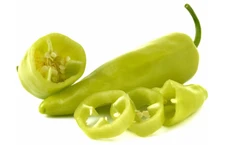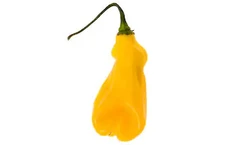Rocoto Manzano Red seeds
Product description
The Rocoto is a somewhat eccentric pepper because it belongs to the few domesticated varieties of the Capsicum pubescens.The Rocoto has been cultivated for thousands of years in Bolivia and Peru and is therefore probably one of the very first chili peppers to be tamed by human hands. It is believed that it was the Incas who took the rocoto from the wild as early as 5,000 years ago. The rocoto is thought to be related to the still wild chili pepper species, such as the Capsicum cardenasii and the Capsicum eximium. In his homelands it is also called the manzano. Manzano is ultimately a corruption of the Latin word malus, which means 'apple', through a number of detours. The word describes the shape of the chili pepper.
However, no one will confuse this chili with an apple as it is a chili that is quite spicy (30,000 to 50,000 Scoville). It is also known for the striking black seeds, which are hard to germinate.
Rocoto Manzano Red
€ 2,40
-
In stock
-
All orders shipped within 1 business day
-
Delivery across EU countries
Seeds in pack: 10
Heat level: Spicy
Scoville units: 30.000 - 50.000
Species: Capsicum pubescens
Product description
The Rocoto is a somewhat eccentric pepper because it belongs to the few domesticated varieties of the Capsicum pubescens.The Rocoto has been cultivated for thousands of years in Bolivia and Peru and is therefore probably one of the very first chili peppers to be tamed by human hands. It is believed that it was the Incas who took the rocoto from the wild as early as 5,000 years ago. The rocoto is thought to be related to the still wild chili pepper species, such as the Capsicum cardenasii and the Capsicum eximium. In his homelands it is also called the manzano. Manzano is ultimately a corruption of the Latin word malus, which means 'apple', through a number of detours. The word describes the shape of the chili pepper.
However, no one will confuse this chili with an apple as it is a chili that is quite spicy (30,000 to 50,000 Scoville). It is also known for the striking black seeds, which are hard to germinate.
